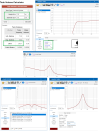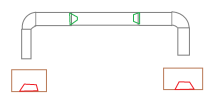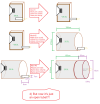Just wondering what it would do? I've got some old 6.5" woofers here and was mucking around with winISD to get a box design so that I could try them out as "cardioid" helpers with my bookshelfs. But then I just had the thought - what would the drivers do in an open tube? Kind of like the LXmini I guess. If the tube was long enough, would it have some sort of tuning effect? And what if it was progressively stuffed with filling, and/or tapered in diameter?
-
Welcome to ASR. There are many reviews of audio hardware and expert members to help answer your questions. Click here to have your audio equipment measured for free!
Any way to model a woofer in an open tube?
- Thread starter neRok
- Start date



